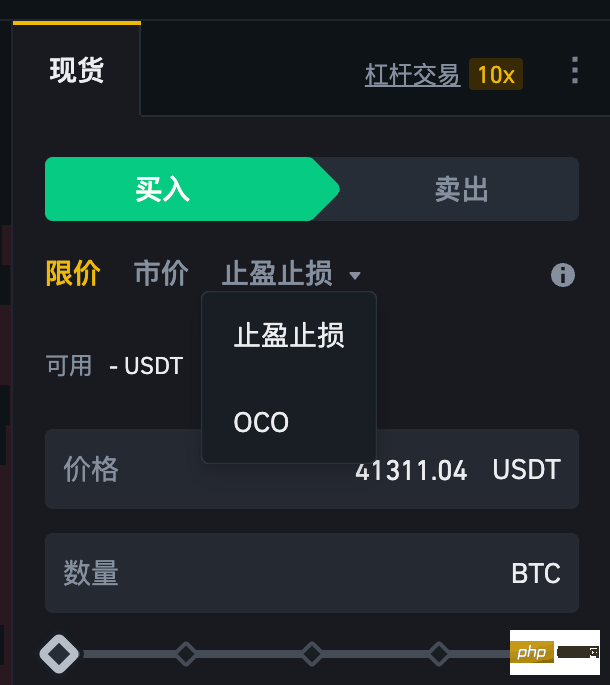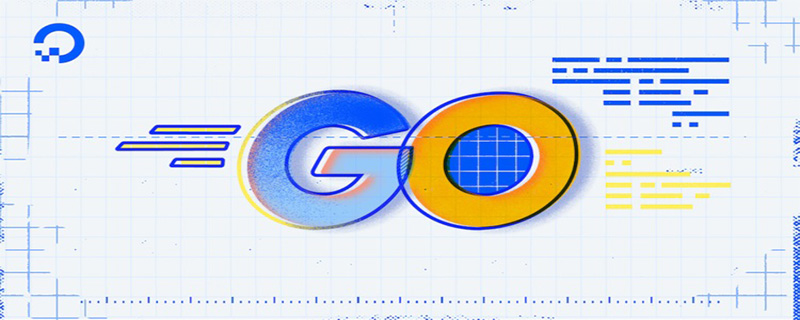php editor Xigua will take you to understand the new way of playing NFT, INO. INO is the abbreviation of Initial NFT Offering, which is a new method of raising funds based on NFT technology. Different from traditional ICO (Initial Coin Offering), INO represents the equity of the project by issuing NFT and uses it as a way to raise funds. This new way of playing allows investors to participate in the early financing of the project by purchasing the NFT of the project, and at the same time enjoy the unique value brought by the NFT. By understanding INO, you can better grasp this innovative investment opportunity and achieve better investment returns.

What is INO?
Let us use these two examples to first understand the concept of INO.
On March 10, Binance Smart Chain (BSC) DEX project BakerySwap announced the introduction of INO gameplay. Cao Jun, a Chinese artist, became the first publisher to use this gameplay. One of his landscape paintings was auctioned in 2018 and sold for US$452,349.

As of now, the information about this INO is still very limited, but it is speculated that it is a common way to play new games.
Another project that will introduce the INO concept is the NFT index fund project NFTX.
Recently, DeFi Pulse co-founder Scott Lewis mentioned the idea of INO in his proposed NFTX V2 design concept.

The following is the translation of the idea:
This is just an idea at the moment, and this idea will change based on feedback.
Features:
Time-locked redemption only mode;
INO (Initial NFT issuance) feature;
Content creators can place a series of NFTs into A vault then distributes ERC20 according to their choice (airdrop, uniswap listing, token sale contract) and starts a time period during which ERC20 holders can burn 1 ERC20 token and withdraw from the vault Redeem 1 random NFT.
After the time lock-only exchange mode is completed, users can start depositing and redeeming NFT normally.
Fees Parameters
DAO can set fee parameters for withdrawals and deposits for all NFTX D1 vaults, as well as target withdrawal fees (fees for redeeming specific items from the vault). Fees are denominated in vault ERC20 tokens.
The 1% deposit fee means that every time an NFT is deposited, the NFT depositor will receive 0.99 ERC20 tokens.
The 1% withdrawal fee (a higher or lower fee can be set for each vault, the default is 0%) means that NFT storage users must spend 1.01 ERC20 generation for each NFT redeemed coins (expect withdrawal fees to be set to 0 in most cases).
The 10% target withdrawal fee means that NFT storage users must spend 1.1 ERC20 tokens to redeem a specific NFT.
Fees Details
NFT Issuers
For issuers using the NFTX protocol for initial distribution, they can choose an address to receive the 40% fee.
DAO Treasury
For treasury activated by the issuer, DAO will charge 40% fee. For non-issuer activated vaults, the DAO will charge 80%. (Alternatively, the fee can be set to 0%, with 60% allocated to the liquidity provider LP to earn NFTX).
Liquidity Provider (LP)
Liquidity Provider (LP) who has pledged NFTX/D1 LP tokens in the staking contract designated by DAO will be eligible to claim the remaining 20% fee.
Summary:
Judging from the above two examples, INO’s gameplay is not unfamiliar at all. It is just an ERC 20 type token that we are familiar with before. Switching to NFT art works, in the short term, this may just be a way to cater to market speculation needs.
As for whether these gameplay methods can attract real users, we need to let the market tell us the answer.
The above is the detailed content of Quickly understand the new way of playing NFT, INO, do you know?. For more information, please follow other related articles on the PHP Chinese website!
 区块链只能用go语言吗Dec 27, 2022 pm 05:25 PM
区块链只能用go语言吗Dec 27, 2022 pm 05:25 PM不是。区块链是一种编程思想,原则上使用任何一种编程语言都可以实现,比如Solidity、C++、C#、Java、javascript、Go都可以实现区块链的开发;区块链技术涉及的面很广,而编程语言只是一种手段,把设计理念用代码呈现出来,做成产品服务用户。
 什么是OCO订单?Apr 25, 2023 am 11:26 AM
什么是OCO订单?Apr 25, 2023 am 11:26 AM二选一订单(OneCancelstheOther,简称OCO)可让您同时下达两个订单。它结合了限价单和限价止损单,但只能执行其中一个。换句话说,只要其中的限价单被部分或全部成交、止盈止损单被触发,另一个订单将自动取消。请注意,取消其中一个订单也会同时取消另一个订单。在币安交易平台进行交易时,您可以将二选一订单作为交易自动化的基本形式。这个功能可让您选择同时下达两个限价单,从而有助于止盈和最大程度减少潜在损失。如何使用二选一订单?登录您的币安帐户之后,请前往基本交易界面,找到下图所示的交易区域。点
 为什么用go语言写区块链Mar 04, 2021 pm 03:42 PM
为什么用go语言写区块链Mar 04, 2021 pm 03:42 PM原因:1、Go语言具有部署简单、性能优秀、并行执行性能好、良好语言设计、内置大量库、团队牛逼等优势。2、以太坊和超级账本都选择使用Go作为开发语言;这两大超级区块链的影响力很大,不仅在生态中占据了大的坑位,事实上还隐性的制定了区块链的标准。
 go语言能开发区块链吗Jan 03, 2023 pm 01:41 PM
go语言能开发区块链吗Jan 03, 2023 pm 01:41 PM可以开发。区块链是一种编程思想,原则上使用任何一种编程语言都可以实现,比如go语言、Solidity、C++、C#、Java、javascript都可以实现区块链的开发。Go语言是为了解决分布式计算,而区块链是典型的分布式数据存储系统,因此go语言能开发区块链。且Go易学易用,能很好的满足区块链行开发需要的“执行效率高、高并发、跨平台,网络开发要求高”等特点。
 深入学习区块链的Go语言开发框架Jun 04, 2023 pm 08:01 PM
深入学习区块链的Go语言开发框架Jun 04, 2023 pm 08:01 PM区块链技术的出现,使得数字货币的应用成为可能,也在许多领域得到了广泛应用。随着区块链技术领域的扩大,开发人员对于更好的应用程序编写方式的需求也高涨起来。于是,一个叫做Go语言(简称Golang)的编程语言悄悄兴起,成为了区块链开发人员的最爱。Go语言是谷歌公司开发的一种系统级编程语言,自诞生以来,一直着重强调程序设计的简捷和高效。Go语言的优点包括:静态类型
 打造高效的区块链技术开发环境(使用Go语言)Jun 05, 2023 am 08:21 AM
打造高效的区块链技术开发环境(使用Go语言)Jun 05, 2023 am 08:21 AM随着区块链技术的发展和应用越来越广泛,有越来越多的人开始参与到区块链技术的开发中来。而要想打造高效的区块链技术开发环境,选择合适的开发语言和工具是非常重要的。Go语言正是一个很好的选择,因为它的性能很高,同时还有很多优秀的开源工具和库,能够大大提高开发效率。下面就来介绍一下如何打造高效的区块链技术开发环境,使用Go语言进行开发。一、选择Go语言在选择开发语言
 Java 中的区块链和加密货币技术Jun 09, 2023 am 09:56 AM
Java 中的区块链和加密货币技术Jun 09, 2023 am 09:56 AMJava是一种广泛使用的编程语言,它被许多公司和组织用作开发各种应用程序的工具。最近几年来,区块链和加密货币技术在全球范围内引起了大量的关注。Java的灵活性和多功能性使得它成为开发区块链和加密货币应用程序的优秀选择。区块链技术是一种安全的、去中心化的数据库,它可以存储和共享交易记录,而无需任何中央机构的干涉。Java提供了许多区块链开发框架,例如H
 如何利用Go语言实现全球唯一的区块链身份标识Jun 04, 2023 pm 03:51 PM
如何利用Go语言实现全球唯一的区块链身份标识Jun 04, 2023 pm 03:51 PM区块链是一种去中心化的分布式账本技术,随着其应用领域的不断扩展,如何保障区块链参与者的身份安全问题也逐渐成为热门话题。本文将介绍如何利用Go语言实现全球唯一的区块链身份标识。一、为什么需要区块链身份标识在现有的互联网世界中,身份验证是一个非常重要的问题。通过用户名和密码等方式,用户可以登录到我门的网站上,从而使用我们的服务。但是,在互联网上,身份验证存在着

Hot AI Tools

Undresser.AI Undress
AI-powered app for creating realistic nude photos

AI Clothes Remover
Online AI tool for removing clothes from photos.

Undress AI Tool
Undress images for free

Clothoff.io
AI clothes remover

AI Hentai Generator
Generate AI Hentai for free.

Hot Article

Hot Tools

Zend Studio 13.0.1
Powerful PHP integrated development environment

Notepad++7.3.1
Easy-to-use and free code editor

Atom editor mac version download
The most popular open source editor

SAP NetWeaver Server Adapter for Eclipse
Integrate Eclipse with SAP NetWeaver application server.

MinGW - Minimalist GNU for Windows
This project is in the process of being migrated to osdn.net/projects/mingw, you can continue to follow us there. MinGW: A native Windows port of the GNU Compiler Collection (GCC), freely distributable import libraries and header files for building native Windows applications; includes extensions to the MSVC runtime to support C99 functionality. All MinGW software can run on 64-bit Windows platforms.







